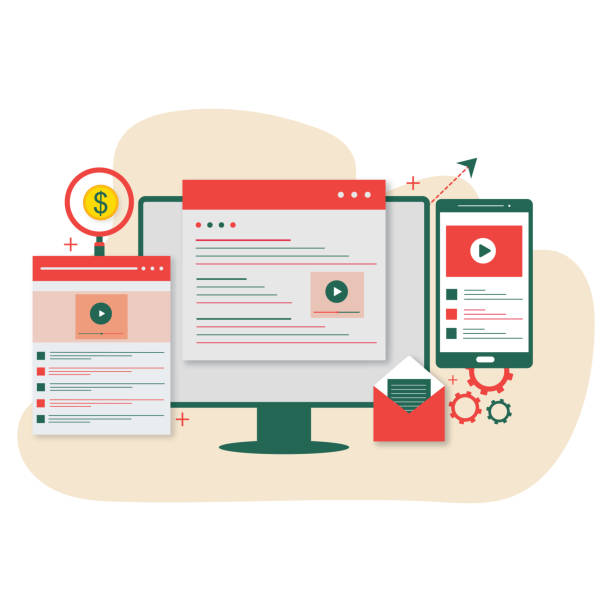Introduction to On-Page SEO and Its Importance
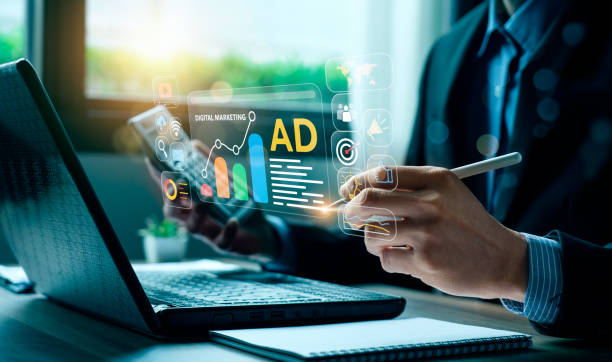
In today’s competitive web world, merely having a beautiful website is not enough; you must ensure your target audience can find it.
This is where the concept of #On-Page SEO# (or internal website optimization) comes into play.
On-Page SEO is a set of techniques and strategies directly applied to the content and structure of a web page to improve its ranking in search engine results.
This approach helps search engines better understand your page’s content and determine if your content is relevant to users’ search queries.
Unlike off-page SEO, which deals with activities outside the website (like link building), on-page SEO is entirely within your control and allows for deep and effective optimizations.
This section provides an explanatory and educational approach to understanding the basics of On-Page SEO.
Understanding the importance of this section is the cornerstone of success in your comprehensive website optimization strategies.
Without a strong foundation in on-page optimization, even the most powerful off-page SEO strategies may not achieve the desired results.
Every element, from the page title to images, plays a role in improving your site’s ranking in search engines.
Did you know that 94% of users’ first impressions of a business are related to its website design? With professional corporate website design by **Rasawweb**, turn this first impression into an opportunity for growth.
✅ Attract more customers and increase sales
✅ Build credibility and trust in the audience’s eyes⚡ Get a free website design consultation!
The Role of Keywords in Website On-Page Optimization
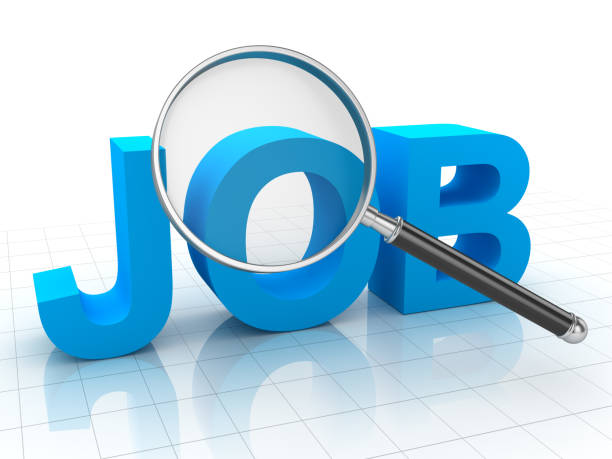
One of the most important pillars of #On-Page SEO# is the correct selection and use of #keywords#.
Keywords are phrases that users enter into search engines to find the information, products, or services they need.
The keyword research process is a critical step that helps you identify keywords that are not only relevant to your content but also have high search volume and reasonable competitiveness.
After identifying primary and secondary keywords, the main challenge is how to naturally and effectively place them in the page content.
From the title tag (Title Tag) and meta description (Meta Description) to headings (H1-H6), body text, and even image file names and their Alt Text, everything must be optimized.
Excessive use of keywords (Keyword Stuffing) will not only not help your on-page optimization but can also result in penalties from search engines.
This section provides an educational guide for selecting and strategically employing keywords in the On-Page SEO process.
The goal is for your content to be useful to users and understandable and rankable for search engine crawlers.
Keywords should be naturally placed in the text and should not reduce readability.
Optimizing Title and Meta Descriptions for High CTR
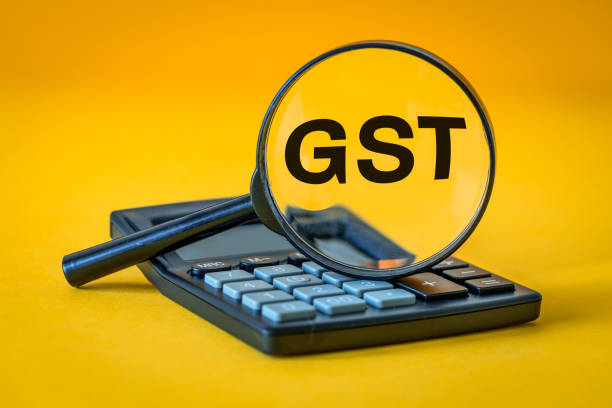
Title Tag and Meta Description are two crucial elements in #On-Page SEO# that directly impact the click-through rate (CTR) of your pages in search results.
The title tag is the name displayed in the browser tab and as the main title in search results.
This tag should include the page’s primary keyword, be engaging and persuasive, and have an appropriate length (usually between 50 to 60 characters) to be fully displayed.
The meta description is a brief and attractive summary of the page’s content that appears below the title in search results.
Although meta descriptions are not direct ranking factors, they significantly impact user click-through rates.
A good meta description can convince users that your page is the best answer to their needs.
This section provides a specialized and guiding approach to crafting titles and meta descriptions with the goal of increasing CTR.
This aspect of on-page SEO requires precision and creativity to ensure both search engines understand your content and users are attracted to it.
The following table provides best practices in this area:
| SEO Element | Recommendation | Good Example | Bad Example |
|---|---|---|---|
| Page Title (Title Tag) | Includes main keyword, short and engaging, less than 60 characters | On-Page SEO: Comprehensive Guide to On-Page Optimization 2024 | SEO, Optimization, On-Page SEO, Website Optimization |
| Meta Description | Engaging summary, includes keywords, persuasive, around 150-160 characters | Learn the principles of on-page SEO with this specialized guide and boost your site’s Google ranking. Complete On-Page optimization tutorial. |
Information about on-page SEO and other things |
URL Structure and Its Importance in Improving On-Page SEO
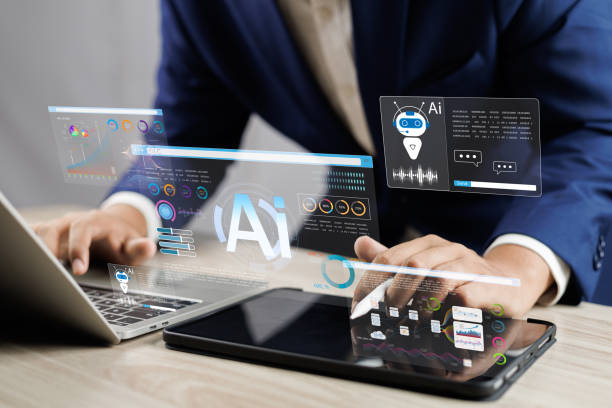
URL structure is an #On-Page SEO# factor that is often overlooked but plays a crucial role in how search engines and users understand page content.
A good URL should be short, descriptive, and readable.
It is best if URLs include the page’s main keywords and avoid special and unnecessary characters.
For example, a URL like https://yourwebsite.com/seo-dakheli-guide is much better than https://yourwebsite.com/p?id=123&cat=45.
This explanatory and educational approach helps you understand the importance of URL structure and integrate it effectively into your on-page optimization strategy.
SEO-friendly URLs not only help search engines better index your site’s structure but also allow users to get an idea of the page’s content before clicking.
This leads to increased user trust and improved user experience, which are themselves important factors in On-Page SEO.
Hierarchical structures in URLs can also help search engines better understand related topics.
An optimized URL is a sign of good content organization and can affect your site’s discoverability.
Research shows that 80% of customers trust companies with a professional website more. Does your current site earn this trust?
With Rasawweb’s corporate website design services, solve the problem of customer distrust and a weak online image forever!
✅ Create a professional image and increase customer trust
✅ Attract more sales leads and grow your business
⚡ Get a free consultation now!
Proper Use of Headings and HTML Tags in SEO
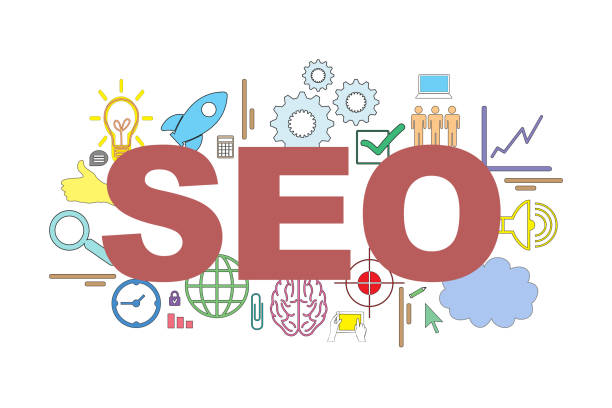
Headings (such as H1, H2, H3, etc.) define your content’s structure and help readers and search engines understand the hierarchy of information.
The H1 tag should only be used once per page and include the main keyword, as it is considered the main title of the page.
H2, H3, and other heading tags are used for subheadings and organizing different sections of content.
Proper use of these tags not only improves content readability for users but also helps search engines identify the main and sub-topics of your content.
This section provides specialized guidance for effectively using headings and other HTML tags (such as strong for emphasis, em for highlighting) within the framework of On-Page SEO.
Optimizing headings signals to search engines which parts of your content are more important.
Additionally, this structure helps users quickly scan the content they are looking for, which in turn leads to improved user experience (UX).
A logical and hierarchical structure in heading tags is a fundamental principle of on-page optimization.
Quality Content and Its Impact on On-Page SEO
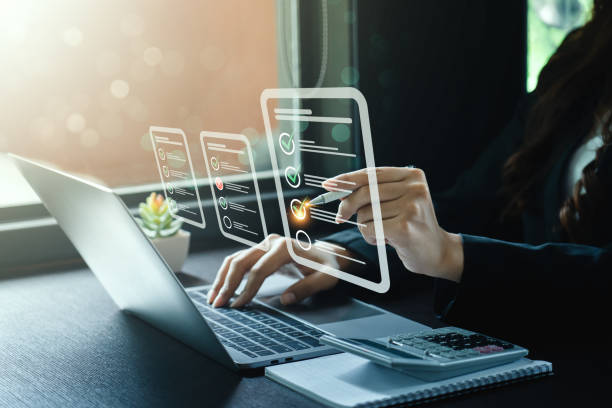
Content is king, and this statement holds true more than ever in the world of #SEO#.
Producing high-quality, comprehensive, unique, and valuable content is the most fundamental aspect of #On-Page SEO#.
Search engines are increasingly looking for content that meets user needs, answers their questions, and provides in-depth and practical information.
Your content should not only be optimized for target keywords but also be grammatically correct, engaging, and free of errors.
This analytical and thought-provoking section addresses the importance of producing valuable content.
Does your content address all aspects of the topic? Is its information up-to-date? Does it look at the topic from different perspectives? Answering these questions helps you create content that is not only effective in on-page SEO but also leads to sharing and user retention.
Content length, its freshness, and social sharing can also affect ranking.
Content optimization is not just about placing keywords; it’s about creating real value for the reader.
This approach shows search engines that your page is a credible and comprehensive source and improves its ranking in search results.
Optimizing Images for Improved On-Page SEO
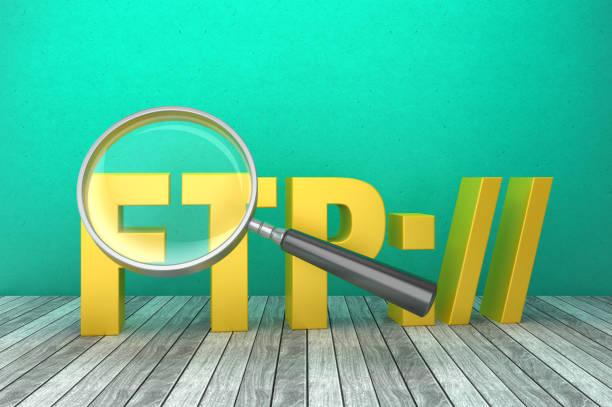
Images are an integral part of a website and can significantly enhance user experience.
However, if images are not properly optimized, they can slow down page loading speed and harm #On-Page SEO#.
Image optimization includes several key steps: using appropriate formats (like WebP, JPEG for photos, and PNG for graphics), compressing images to reduce size without losing quality, and meaningful file naming (e.g., seo-dakheli-infographic.webp instead of image001.jpg).
The most important part is using the Alt tag (alternative text).
The Alt tag provides a brief description of the image content, which is useful for search engines and visually impaired users or when the image fails to load.
This tag should include relevant keywords but avoid keyword stuffing.
This educational and guiding section is for optimizing images to improve both loading speed and the discoverability of images in Google Image Search.
Image optimization is a critical component of On-Page SEO that should not be overlooked.
The table below provides an image optimization checklist:
| Optimization Step | Description | Why is it important? |
|---|---|---|
| Image Compression | Reducing image file size with compression tools | Increased page loading speed, improved user experience |
| File Naming | Using descriptive names that include keywords | Helps search engines understand image content |
| Alt Tag (Alternative Text) | Brief and descriptive explanation of the image, includes keyword | Accessibility, improved image SEO |
| Image Dimensions | Using appropriate and responsive dimensions | Prevents browser resizing, maintains speed |
| Image Format | Selecting optimal format (WebP, JPEG, PNG) | Impact on quality and file size |
Internal Linking and Website Structure Improvement
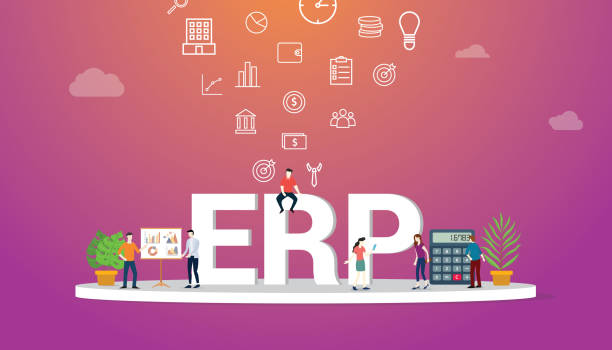
Internal Linking is the process of connecting different pages of a website to each other via hyperlinks.
This strategy is a vital component of #On-Page SEO# that helps search engines better understand your website’s structure, index pages more easily, and distribute Link Equity across the site.
Internal links also improve user experience by allowing users to easily navigate your site and discover related content.
By placing relevant links within the text, you can highlight your more important pages and increase their authority.
This is an explanatory and specialized approach to effectively implementing an internal linking strategy.
Anchor Text for links is also very important; this text should be descriptive and include keywords relevant to the destination page.
A strong internal linking structure can significantly impact the discoverability and ranking of pages in On-Page SEO.
Ensure that no important page on your site remains “orphaned” and is accessible through at least one internal link.
This internal optimization effectively strengthens your site’s information architecture and shows search engines which pages are more important.
How much does losing business leads due to an unprofessional website cost you? With professional corporate website design by Rasawweb, solve this problem forever!
✅ Increase credibility and trust of potential customers
✅ Easier attraction of new business leads
⚡ Get a free consultation right now!
Page Loading Speed and User Experience in On-Page SEO
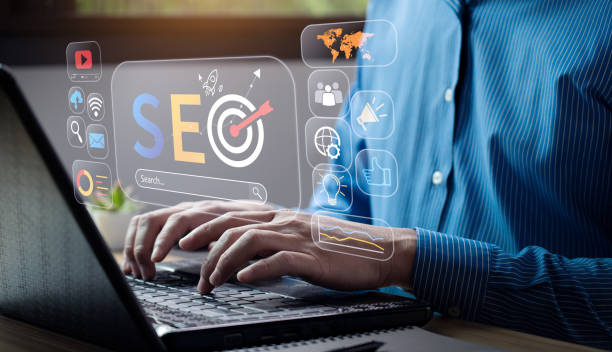
Page Speed has long been an important factor in #SEO# and #On-Page SEO#.
Search engines like Google give better rankings to websites that load faster because these websites offer a better user experience (UX).
Today’s users expect pages to load quickly, and if not, they easily leave the site, leading to an increased bounce rate.
Tools like Google PageSpeed Insights help you identify and fix your website’s speed issues.
Compressing images, using browser caching, reducing the number of HTTP requests, and optimizing CSS and JavaScript codes are among the actions that can increase loading speed.
This analytical and news-related section addresses the increasing importance of loading speed and Core Web Vitals in On-Page SEO.
Google constantly updates its algorithms to emphasize user experience more, and loading speed is a key aspect of that.
A fast website not only helps improve search ranking but also increases user satisfaction and conversion rates.
Improving loading speed is a smart investment in on-page optimization.
The Role of Schema Markup and Structured Data in SEO
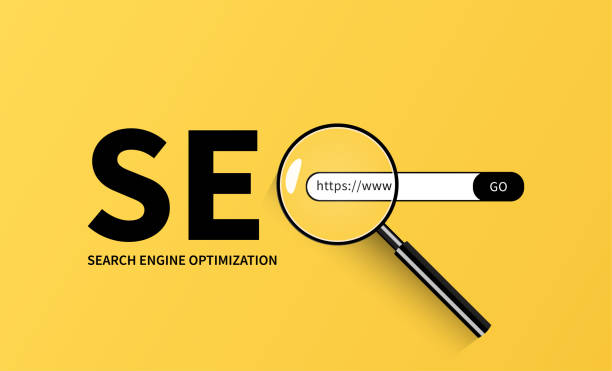
Schema Markup, or structured data, are semantic codes added to your website to help search engines better understand your content and display it in a richer format in search results (Rich Snippets).
These codes provide specific information about your page’s content, such as article type (news, educational, specialized), product, event, user reviews, recipe, or local business, to search engines.
Using Schema Markup is not a direct ranking factor, but it can indirectly help #On-Page SEO# because displaying rich snippets in search results can significantly increase your CTR.
This specialized and guiding section is for implementing different types of Schema Markup on your website.
Tools like Google’s Structured Data Markup Helper can assist you in this process.
With the increasing complexity of search algorithms and the need for a deeper understanding of content meaning, Schema Markup has become an essential component of an On-Page SEO strategy.
This allows search engines to provide more precise information to users, which in turn leads to more relevant and higher-quality traffic to your site.
Proper implementation of structured data is one of the modern and effective steps in on-page optimization.
Frequently Asked Questions
| Question | Answer |
|---|---|
| What is On-Page SEO? | On-Page SEO involves optimizing elements directly within your control and on your website. Its goal is to help search engines better understand page content and improve its ranking. |
| Why is On-Page SEO important? | On-Page SEO provides clear signals to search engines about page content, improves user experience, and increases the chance of attracting organic traffic. |
| What are the most important On-Page SEO factors? | Keywords, Title Tag, Meta Description, URL structure, quality content, image optimization, and internal links are among the most important factors. |
| What is the role of the Title Tag in On-Page SEO? | The Title Tag is one of the most important signals for search engines and users, defining the main topic of the page. It should include the main keyword and be engaging. |
| How important is the Meta Description? | The Meta Description does not directly affect ranking, but by encouraging users to click, it can improve the click-through rate (CTR). |
| How to optimize images for On-Page SEO? | By using descriptive file names, appropriate Alt Text containing keywords, compression to reduce size, and correct dimensions. |
| What impact do Internal Links have on SEO? | Internal links help search engines discover and index site pages, distribute authority (PageRank) across the site, and improve user navigation. |
| Is page loading speed an On-Page SEO factor? | Yes, page loading speed is a crucial factor in On-Page SEO and user experience. Slower pages can lead to higher bounce rates and lower rankings. |
| What characteristics does quality content have for On-Page SEO? | Quality content should be comprehensive, unique, relevant, trustworthy, readable, and fully answer users’ needs and questions. |
| How can keywords be used in content? | Keywords should be used naturally in the title, subheadings, first paragraph, body text, and image alternative text. Avoid keyword stuffing. |
And other services of Rasawweb Advertising Agency in the field of advertising
Smart Digital Advertising: A fast and efficient solution for campaign management focusing on marketing automation.
Smart Google Ads: A combination of creativity and technology to increase click-through rates by custom programming.
Smart Data Analysis: A fast and efficient solution for increasing sales with a focus on attractive user interface design.
Smart Press Release: A new service for increasing user engagement through attractive user interface design.
Smart Marketing Automation: An effective tool for user engagement by precise audience targeting.
And over hundreds of other services in the field of internet advertising, advertising consultation, and organizational solutions
Internet Advertising | Advertising Strategy | Advertorial
Resources
Comprehensive Guide to Website On-Page SEO
What is On-Page SEO? Complete Guide
Website Internal Optimization Checklist
On-Page SEO Tutorial
? Are you looking to boost your business in the online space? Rasawweb Afarin, a leading digital marketing agency, is your trusted partner on the path to digital success, offering specialized services including custom website design, professional SEO, and targeted advertising campaigns.
📍 Tehran, Mirdamad Street, next to Bank Markazi, Kazerun Jonubi Alley, Ramin Alley, No. 6

